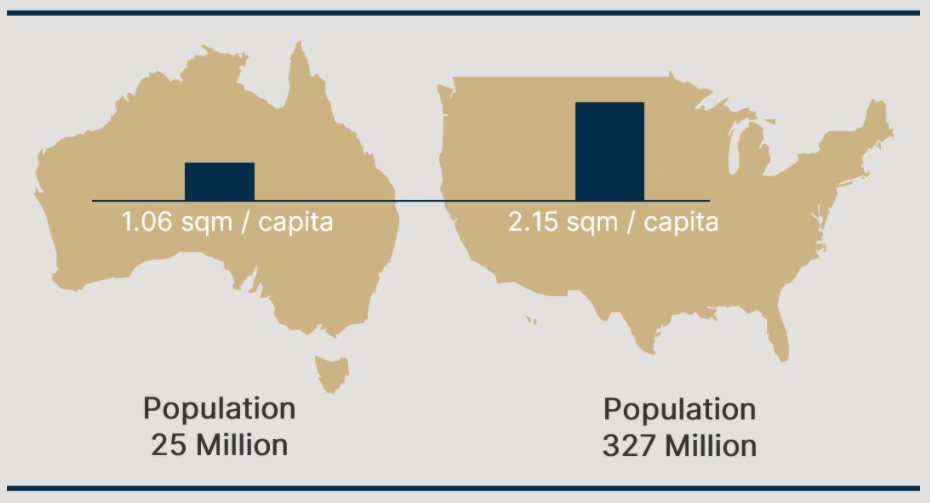Victoria Lindores is an Adviser and Partner at Koda Capital and is a Responsible Investment Advocate. She has nearly 20 years’ experience in the finance and property industries. With an extensive knowledge in responsible and ethical investments, Victoria promotes the power of capital to do good.
To have survived as a woman in a male-dominated profession, I’ve navigated the difficult course between truth telling and “being nice” (and fallen off the cliff more than once!). In recognition of International Women’s Day (IWD) on 8th March, I choose 100% uncomfortable truth.
If you stop reading here, I will not be surprised; nor will I be hurt. You are no different to the many I have met in two decades. The many I have tried to change and failed. You’ll come back if and when you understand that diversity is not some strategic input but a cultural core.
Let’s start with statistics:
Less than 25% of Australia’s financial advisers are women.
Women represent 55% of the financial and insurances services workforce but has the highest gender pay gap of any group studied by the ABS at 26.1%
Only one-third of high school economics students are girls and less than 7% of girls study advanced maths, compared to 12% of boys.
The UN’s theme for IWD is “Gender equality today for a sustainable tomorrow”
I received an email asking for help to determine who reported to who in my firm. Did I report to Nathan or Brett? A cursory glance at our job titles would have confirmed they reported to me, but such was the swagger / the expectation / the bias.
This is what it is like to be a woman in finance.
Some well-respected property types came to us with a new idea pitched at a boardroom lunch. No handshake, no business card, no introduction for me. Just an unfulfilling apology at the end when they realised, I was the connection to ‘the money’. Time and again, we must prove we have a right to be in the room.
This is what it’s like to be a woman in finance.
There was this great opportunity to talk to a client with millions in a term deposit. They were ready to invest, and my colleague made an introductory phone call. “Yes, Victoria – she’s a good girl.”
How do you recover your professional image after being relegated to a kindergarten student? You work twice as hard.
This is what it’s like to be a woman in finance.
I won’t bore you with further tales of direct discrimination and outright putrid behaviour. That is for champagne over High Tea at the Windsor. But it is these micro-aggressions and the blind cultural acceptance of them (for as a woman you must not be seen to complain!) which reinforce derogatory stereotypes.
Microaggressions corrode confidence, trust and loyalty.
After 20 years in the finance profession, the one thing that still catches me by surprise is how often my opinion is disregarded in favour of a man. This includes men with few relevant qualifications and limited experience. Equality comes in many formats – safety of expression, access to opportunity, speed of advancement, remuneration, to name a few. Too often, a women’s voice starts in the wrong.
As the war for talent rages, more women will seek workplaces where they are celebrated as humans and not simply tolerated as women.
When my gender intersects with my career in conversation, it only attests to what I had to overcome to get where I am today. Bias against women in the finance profession exists everywhere – in the office, in business, at home, in society, amongst family and friends.
Gender should not overshadow my achievements but amplify them. It does not. Bias assumes that I work less hours, lost several IQ points with every child I birthed and questions my commitment to a career while maintaining that I only got where I am because a smiled a little to become a favoured token.
Let’s look at the data.
Citywire recently released the Alpha Female Report 2021 tracking gender parity in investment roles. They found that mixed gender teams outperformed on risk/return metrics over 3 and 5 years against male or female only teams. They also experienced smaller drawdowns.
Post GFC, mainstream media picked up on studies that linked testosterone and excessive risk taking, and that thanks to their hormones men were more likely to push each other towards brash decisions.
The academic literature is divided as to whether a behavioural difference between men and women in finance can be empirically proven. But a whole heap of popular books try to tell us otherwise; that men are good at systems and women are good at empathy. Risk taking and self-interest aligned to capitalism is seen as intrinsically masculine, at the exclusion of feminine stereotypes.
But what if what the community expects from people in finance is not necessarily what we need? Successive failures of the finance industry to meet community expectations for honesty, trust and care demonstrate that these stereotypes are dangerous, yet capitalist society keeps returning in the belief that they will deliver better outcomes. Why?
HBR found that non-homogenous venture capital teams provided improved financial performance, noting that the earlier diversity is included in strategy the better overall result. More diverse teams broadened the investment opportunity set as it brought in wider networks and alternative worldviews.
What I know, nonetheless, is that my ability, process and worldview come much more from my father than my mother. I’m certainly not more emotional or less rational than my husband. Am I process driven, goals focused, value driven or empathetic? I’m all, and that is what makes a good great financial adviser.
When we allow gender to impact potential and opportunity, we all lose.
No amount of resilience coaching will change the system. The casualties should not be charged with putting it right. The ‘system’ needs to be broken and rebuilt. Espousing meritocracy simply reinforces in-group bias and the halo effect3, and it’s dangerous to your business.
One last personal insight: a word used by men over and over again to describe me is ‘intelligent’. I have always hated it and have never heard it used to describe a man – ever. It is as if intelligence and women come as a surprise so much that it needs to be confirmed. Do you merge a person’s value with their supposed intelligence? And is your perception of their intelligence (and therefore value) related to their likeability and how much they look like you?
Do you tolerate difference, or do you celebrate it?
I don’t have the answers, just lots of questions. And, well, that sounds like the start of a good conversation. It’s time to look at the stories we tell ourselves and ask – Am I biased?
Good decisions cannot be made when one gender is constrained. There is no sustainable future without gender equality.
(Note: This article focuses on gender bias as experienced by me – a white, private school educated, married woman with Australian-born parents. If I were my brother – Andrew – no-one would be asking me to write an article on diversity. I acknowledge this privilege and that bias comes in many forms, including race, culture, postcode, ableism and sexuality.)










































![190815_AMPCapital_ShaneOliver_715[66].jpeg](https://images.squarespace-cdn.com/content/v1/5c197a32b105982976e5e89b/1631863017693-JEM0E6HUGZU6HA0TL9DN/190815_AMPCapital_ShaneOliver_715%5B66%5D.jpeg)





